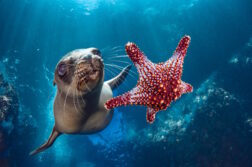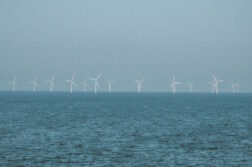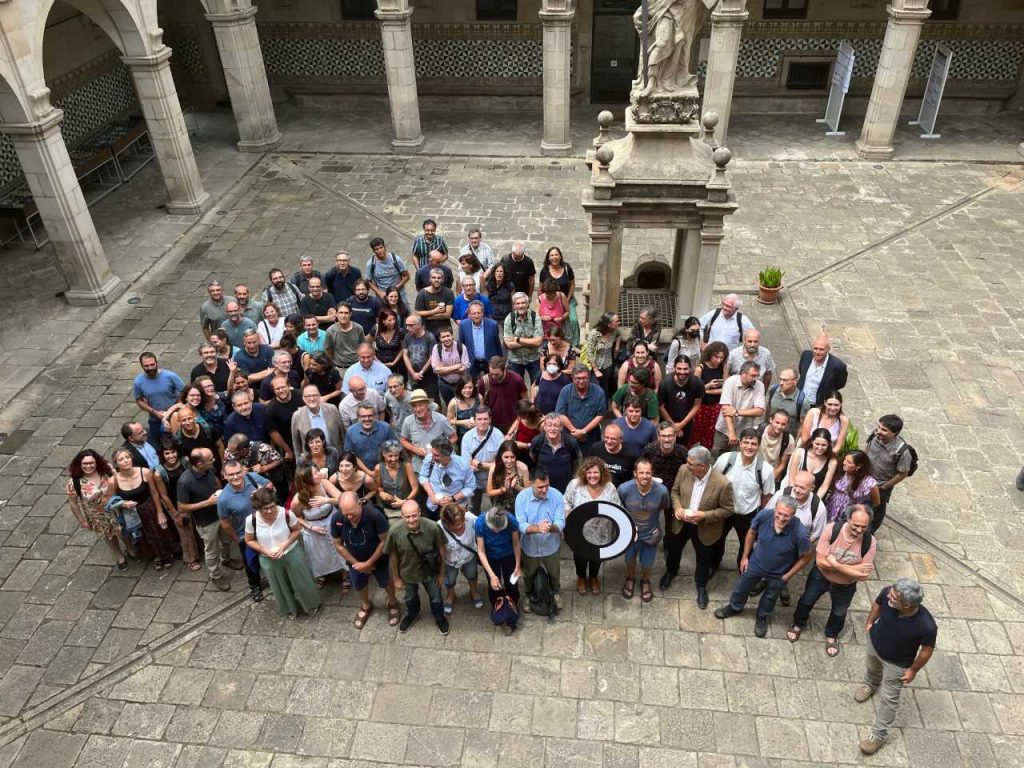Government policy and society benefit from knowing how marine biodiversity is changing, for example local impacts due to pollution or over-fishing, marine litter, regional effects of climate change on species distributions, and the spread of invasive species. When the evidence is available then people and their governments are motivated to reduce such negative impacts. However, the necessary data are rarely accessible in a coordinated or timely way to inform society. The best understanding of change in biodiversity, including its causes and significance, is achieved when local studies can be placed into a regional and global context. For example, the local decline of a valued species may be due to some local impact or be part of a regional scale phenomenon, and knowing trends over decades is desirable to best understand the natural dynamics in ecosystems. Research projects cannot achieve the delivery of time-series data because of their short-term nature. The monitoring of biodiversity data needs to be mainstreamed into the annual operations of research organisations, with cost efficient and timely publication of standardised data that enables rapid analysis of trends in space and time.
The idea of long-term monitoring of marine biodiversity is an old one, with many previous efforts (e.g., BioMARE). Despite decades of interest and funded research projects, the lack of a permanently coordinated marine biodiversity monitoring community in Europe undermines the good research by many scientists and projects in the past. It is not possible to easily find out where and what biodiversity is being monitored across Europe. Our goal is to solve this problem by using existing institutional resources in a cost-efficient way to make such time-series data collection more visible and usable by scientists and other relevant stakeholders.
There are also scientific benefits. In recent decades, policy-relevant scientific insights from such data are being published in high-profile journals because they show how human impacts, including climate change, are altering the natural environment. This demand increases the value of past and present biodiversity monitoring data with each new year.
A new Horizon Europe project is designing a Marine Protected Area (MPA) network that is optimised for being representative of biodiversity (i.e., “MPA Europe” 2023-2026). This same network will also indicate where monitoring can be most representative of European marine biodiversity. Parallel Horizon projects aim to advance related topics of Marine Spatial Planning, Blue Carbon benefits, safeguarding ecosystem goods and services. A coordinated MBON Europe network will be able to help existing projects and new proposals find partners active in particular locations and/or habitats for their research.
Both Horizon Europe and BioDiversa calls for research projects have noted the need for supporting and analysis marine biodiversity monitoring data. MBON Europe will provide a ready-to-go network of organisations already doing such monitoring and who could contribute to such research projects.
In addition, the involvement of citizen science is being encouraged in Europe. The Reef Life Survey depends on citizen science scuba divers and is ready for development in Europe. There are other examples, e.g. hundreds of European and Marine projects in iNaturalist, Jellywatch, eBird, Observadores del Mar (Sea Watchers), national recording programmes, and opportunities for citizen engagement. MBON Europe could also include citizen science initiatives to widen its data collection and improve public engagement.
MBON Europe will provide opportunities for participants to compare best practice, exchange taxonomic skills, test and develop new methods including automation of sampling (e.g., video and photograph image analysis). There are likely to be serendipitous benefits to participants not presently imaged.
EuroMarine MBON would actively facilitate gender balance and involvement of early career researchers.




